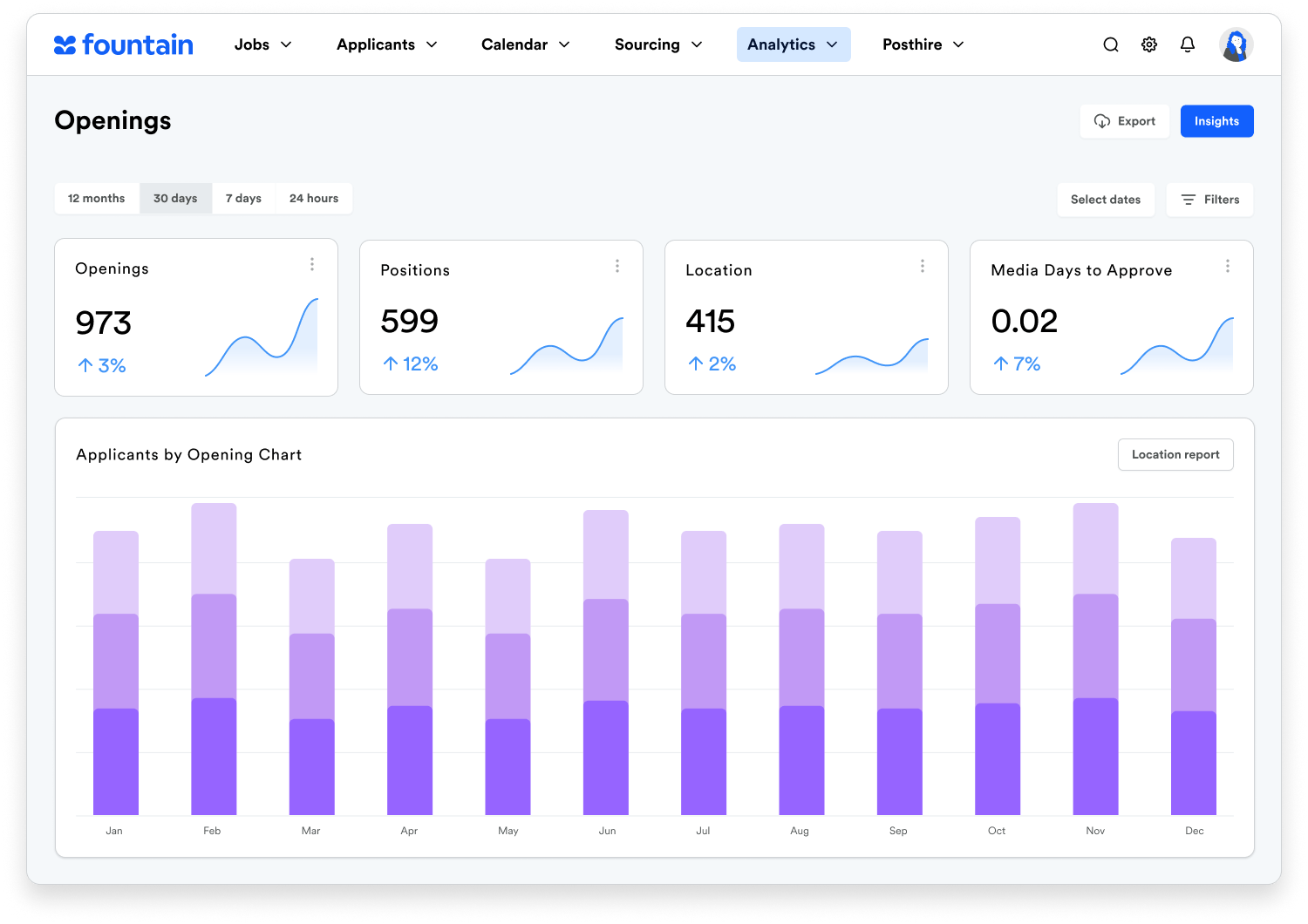Vaccine administration is in full swing, stores and restaurants are reopening, and Americans are starting to see a glowing glimmer of normalcy through the dark COVID-19 tunnel. As patrons start filling restaurants, shops, and other retail establishments, and as businesses begin to loosen restrictions on capacity, how can retailers prepare for the influx of shoppers? And how can they keep their employees safe while interacting with these shoppers, some of whom may not be vaccinated?
As retail associates return to work, they may effortlessly fall back into old habits in their familiar environment. But this isn’t their old workplace, and returning post-pandemic requires a slew of new protocols that employers and employees should keep in mind. Keep reading for guidance on how to re-open stores safely.
Make Employee Wellness a Priority
As your retail employees start returning to work after months (or even a year) away, consider requiring return-to-work safety training to refresh their knowledge about how to prevent the spread of COVID-19. This training and all other staff communications should be virtual, if possible.
Encourage employees to self-monitor their health by taking their temperatures at home and staying home if they experience any common symptoms of COVID-19.
When equipping your teams with face masks, investing in N95 or other high-quality masks can send a message to your customers that you’re taking the pandemic seriously.
Limit the number of employees allowed in common areas like the break room and, if necessary, reconfigure the number of employees on the floor at the same time. When onboarding new retail associates, adjust training practices to include fewer people and use virtual training systems when possible.
At the beginning and end of shifts, ask employees to complete a cleaning checklist that includes deep cleaning and sanitizing all surfaces, especially those that are frequently touched.
Vaccination Incentives
Companies like Lidl, Petco, and Tractor Supply have offered incentives and bonuses for employees who get the COVID-19 vaccine. If your company doesn’t have the resources to allow this, try to accommodate your employees in other ways, like allowing time off to get tested, extending sick leave allowances, or extending paid leave for employees who need to take care of loved ones who are ill.
Adjust Existing Store Policies
In your retail space, consider installing high-efficiency air filters to facilitate airflow and adequate ventilation. Set up wellness stations at the store entrance with contactless hand sanitizer dispensers and signs to remind customers of safety protocols (i.e., staying six feet apart from other shoppers, sanitizing hands upon arrival and departure, etc.).
According to the National Retail Federation and the National Fire Code, the maximum capacity of stores should be 50% or no more than five customers per 1,000 square feet of shopping space. If possible, assign an employee to keep an eye on the number of patrons and to limit entry if capacity limits are reached.
Contactless Shopping
Implement as much contactless technology as possible, including touch-free payment at the register, sneeze guards between the cashier and the customer, designated “in” and “out” doors, and floor markers to reinforce social distancing.
Clothing retailers should close fitting rooms to limit the chances of spreading germs through touch, until stores are able to open at full capacity.
Other COVID-19 Precautions
Continue to reinforce health measures like masking, washing your hands for at least 20 seconds, avoiding touching your face, and maintaining social distance.
Although we’re not completely out of the woods yet, practicing these prevention strategies can help us get closer to the finish line.

